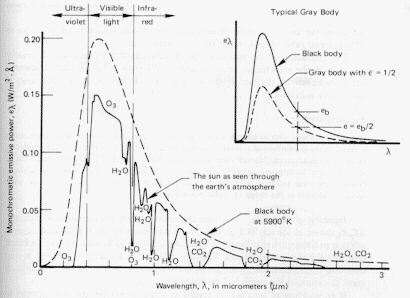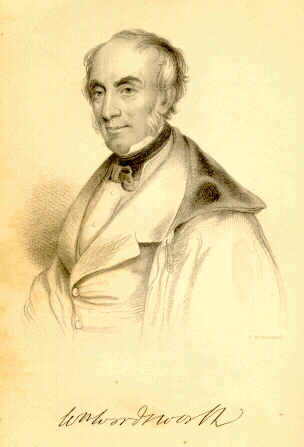Heat
Today, let's talk about heat and language. The University of Houston's College of Engineering presents this series about the machines that make our civilization run, and the people whose ingenuity created them.
I think about the words Dylan Thomas used to begin his collected works as I write on this hot 1997 Labor Day:
This day winding down now
At God-speeded summer's end
In the torrent salmon sun.
Houston has had an unusual year. We had endless spring rain, followed by endless summer days in the 90s. The torrent salmon sun has poured energy upon us while we've tried vainly to sweat that energy away. Our tended plants have done better than people.
Understanding heat has been a huge hurdle for science down through the centuries. As I talk about the hot Houston summer, three entirely different scientific ideas tangle in one another: heat, energy, and our own sensate physiology.
The word heat originally referred only to what we felt. "Fear no more the heat of the sun," wrote Shakespeare. Energy flows from the sun by the processes of thermal, visible, and ultraviolet radiation. We call that movement of energy heat, or heating. As the sun's energy absorbs into our clothing, our skin, and the air around us, our temperature rises. We feel hot.
In 1800, our language had no means for identifying the pieces of that process. For one thing, no one yet understood that lifting a brick, and heating a brick in the fire, were both means for conveying energy into the brick. No one yet understood that mechanical energy and heat energy were two forms of the same thing.
But a new machine entered everyday life during the 18th century. It was the steam engine -- a device that burned coal and delivered useful work. It would be 1850 before scientists and engineers figured out that the engine was actually converting chemical energy into thermal energy into mechanical energy.
The great writers of the age may well have run ahead of scientists in creating the vocabulary for straightening things out. As the new steam engines went up around William Blake, he wrote, "Energy is pure delight." Wordsworth, more than anyone, studied science and wove accurate images of energy flow into his verse. In describing death, he called on the image of earth reradiating energy to black night. He wrote,
A power is passing from the earth
To breathless Nature's dark abyss;
In a poem to child, he said,
The daisy, by the shadow that it casts,
Protects the lingering dewdrop from the sun.
Scientists only figured out how energy moves from form to form 150 years ago. Energy's kinship to physical sensation and to the intimacy of language made it very hard to see it on a larger canvass. In the end, it took people who knew how to stretch the reach of language to stretch the reach of the concept itself.
I'm John Lienhard, at the University of Houston, where we're interested in the way inventive minds work.
(Theme music)

Distribution of Energy Reaching Earth from the Sun
Drawing © John Lienhard

William Wordsworth
From Poems of Imagination and Fancy, 1891